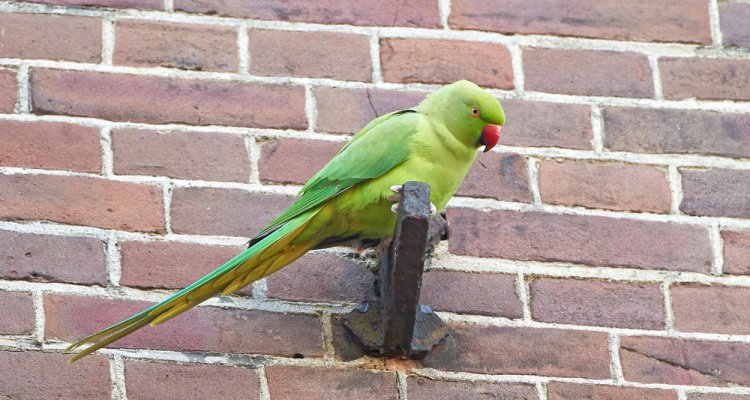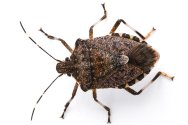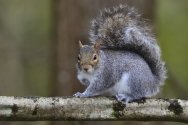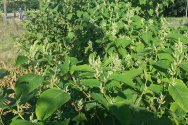
Dossier
Exotic species in the Netherlands
Exotic species, also known as alien or introduced species, are animals, plants, fungi or micro-organisms imported through human activity into an area where they do not originally occur, but where they proceed to thrive. Species which were introduced to the Netherlands before the year 1500, such as the rabbit, the pheasant and the mute swan, do not count and are considered indigenous.
Exotic species are sometimes introduced deliberately. An example is the multicoloured Asian ladybird, released in Europe 20 years ago to combat aphids. Pheasants and fallow deer were once released as hunting game. And every year hundreds of turtles and pond perch are released into Dutch watercourses when their owners have had enough of them.
But a lot of species get introduced by accident. Sometimes pets or ornamental animals escape from captivity, as did the Egyptian goose, the Pallas’s squirrel and the Italian crested newt. Marine creatures such as the Chinese mitten crab are brought in with ballast water from ships; the tiger mosquito hitches a ride on tropical plants. And since a canal was dug between the Rhine and Danube 20 years ago, fish species from the Danube watershed, such as the round goby and the money goby, have been able to reach our waters.
There is another category of newcomers that we do not count as exotic: species such as the great egret, whose habitat is shifting as a result of climate change. They are counted in the same category as the lynx, wildcat, wolf and perhaps the golden jackal: animals that settle here of their own accord.
Species monitoring through eDNA
With the help of environmental DNA (eDNA), researchers can demonstrate the presence of animal species, for example based on water samples.
Publications
-
Graslandmanagement voor reductie van methaan en ammoniak: Jaarrapport 3: 2022 en meerjarenanalyse 2020-2022 : Resultaten van een meerjarige KringloopWijzer-analyse van 12-15 pilotbedrijven
Wageningen: Wageningen Livestock Research (Rapport / Wageningen Livestock Research 1551) -
Kracht bijzetten! : De rol van ketenpartijen rondom de melkveehouderij in de transitie naar duurzamere landbouwsystemen
Wageningen: Wageningen Social & Economic Research (Rapport / Wageningen Social & Economic Research 2025-029) -
The use of feed ingredients in pig diets contributing to more circular food production : Literature study
Wageningen: Wageningen Livestock Research (Report / Wageningen Livestock Research 1544) -
Duurzaamheidseisen zonder transparante kostendekkende vergoeding als oneerlijke handelspraktijk
Wageningen: Wageningen Social & Economic Research (Rapport / Wageningen Social & Economic Research 2025-042) -
Verkenning varianten voor het Landelijk Meetnet effecten Mestbeleid na 2025 : Mogelijke opzet meetnet na vervallen derogatie
Bilthoven: RIVM (RIVM-rapport 2024-0137) -
Effects of air quality on pig health and welfare : Towards improved decision making regarding this open norm in animal-welfare legislation, with special attention to the effects of aerial ammonia
Wageningen: Wageningen Livestock Research -
Analysis on particle morphology development during pilot-scale spray drying of maltodextrins
Drying Technology (2025) - ISSN 0737-3937 - p. 1-18. -
Red, gold, and green: comparative genomics of polymorphic leopards from South Africa
Evolution (2025), Volume: 79, Issue: 3 - ISSN 1558-5646 - p. 442-456. -
Identification of a Biosynthetic Gene Cluster for the Production of the Blue-Green Pigment Xylindein by the Fungus Chlorociboria aeruginascens
Journal of Natural Products (2025), Volume: 88, Issue: 2 - ISSN 0163-3864 - p. 233-244. -
The EU food and drink industry: a competitiveness analysis
Wageningen: Wageningen Social & Economic Research (Report / Wageningen Social & Economic Research 2025-035)




